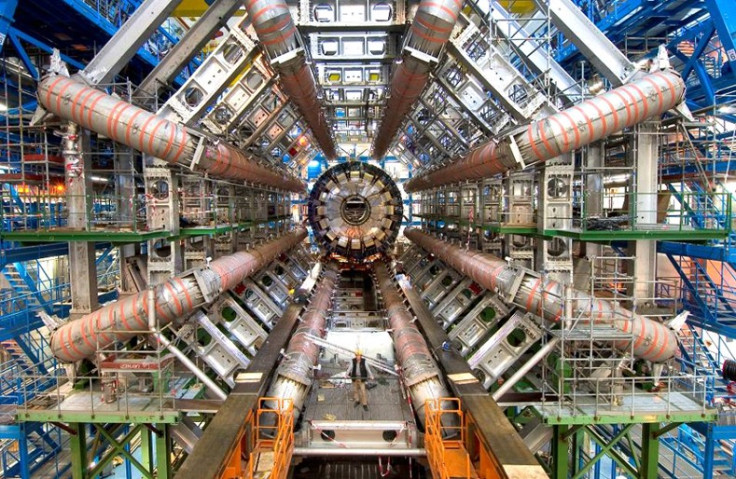'God particle' discovered in low cost experiment using superconductors

Following its discovery first in 2012 at Cern's Hadron Collider, an international research team of physicists from Israel, India, Germany and the US have now reported the first-ever sighting of the Higgs boson in superconducting materials.
The results boost chances of observing the exotic 'god particle' in table top experiments at low costs.
"Just as the CERN experiments revealed the existence of the Higgs boson in a high-energy accelerator environment, we have now revealed a Higgs boson analogue in superconductors," says Prof Aviad Frydman, a member of Bar-Ilan University's Department of Physics, who directed the study together with Prof Martin Dressel, of Stuttgart University.
Unlike the expensive sub-atomic smashups at Cern - a facility that cost around $10 billion to build and operate - these findings, were achieved through experiments conducted in a regular laboratory at a relatively low cost.
Technical difficulties had so far prevented the observation of the Higgs boson in the superconducting state. In their Nature Physics publication, Frydman and his colleagues describe a new method for conducting the Higgs physics experiments.
"The high energy required to excite a Higgs mode in superconductors tends to break apart the electron pairs serving as this type of material's basic charge. This causes rapid decay into particle-hole pairs, and suppresses the material's superconducting nature," Frydman says.
By using disordered and ultra-thin superconducting films of Niobium Nitrite (NbN) and Indium Oxide (InO) near the superconductor-insulator critical point, the team created the conditions to excite a Higgs mode at relatively low energies.
The energy scale was a mere one thousandth of an electron volt compared to the giga electron volts of energy levels in accelerators.
The relatively more stable nature of the newly-observed Higgs mode in superconductors made it easier for scientists to observe the controversial "God particle."
Peter Higgs and Francois Englert won the Nobel Prize in Physics for the discovery of the Higgs boson at Cern's Large Hadron Collider in 2012.
First discovery
The discovery verified the Standard Model theory of particle physics which predicted that particles gain mass by passing through a field which creates a drag.
Back in 1964, Higgs had first proposed the Higgs field as an invisible, permeating space, interacting with particles to provide their mass.
One of the main motivations for the LHC was to search evidence for this Higgs field.
Racing particles when colliding in such a field would perturb the field and create a Higgs particle, but these are highly unstable and disintegrate fast. So the discovery was a big one, in fact the major discovery of the last 50 years.
Unlike most other fields like the electromagnetic and gravitational fields that change across space, the Higgs field has the same value everywhere in the universe.
The Higgs particle also is unique in that it represents a new form of matter with no spin.
Since 2012, doubts have been expressed about the nature of the particle discovered at Cern with some scientists calling it a 'techni-higgs' particle made of so-called techni-quarks, rather than a fundamental particle.
© Copyright IBTimes 2025. All rights reserved.





















